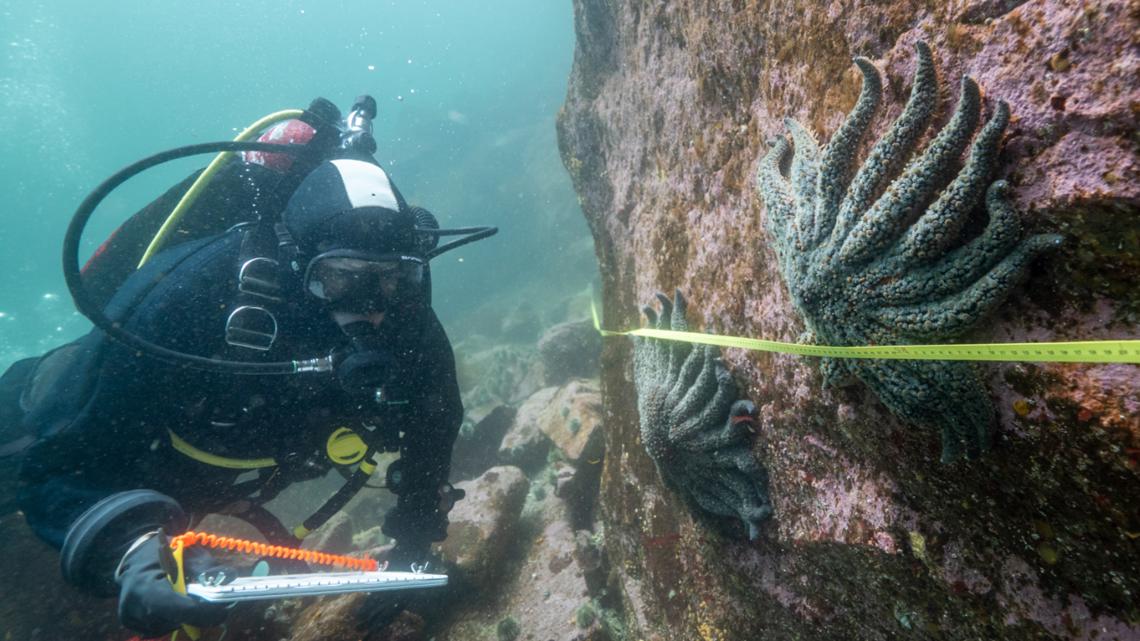T4K3.news
Bacterium identified as cause of sea star wasting disease
Researchers confirm a bacterium linked to sea star wasting disease and discuss monitoring implications.
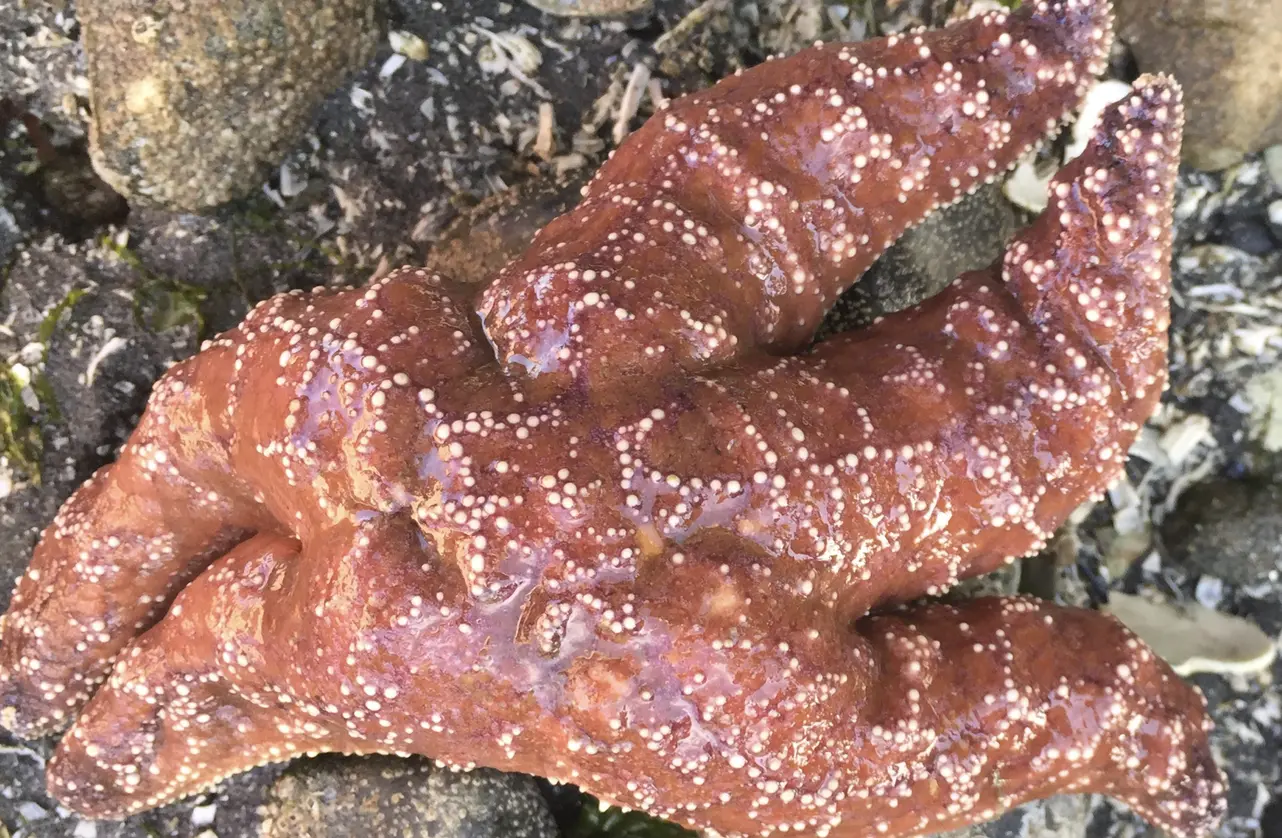
WWU researchers identify a bacterium linked to sea star wasting disease and outline questions for monitoring and further study.
Bacterium identified as cause of sea star wasting disease
Researchers at Western Washington University have identified a bacterium, Vibrio pectenicida, as the cause of sea star wasting disease, an illness that has wiped out billions of sea stars since 2013. The team isolated the strain from sunflower sea stars, a large species hit hard by the outbreak in the Pacific Northwest. The discovery could allow targeted monitoring to test for the bacterium in different regions and help gauge risk to sea star populations.
Scientists caution that the bacterium may not be the sole cause. Brodhagen notes that there could be more than one pathogen, and that related bacteria were found in other samples. This raises questions about whether different species or environmental conditions shape the disease and whether monitoring should look for multiple drivers.
Key Takeaways
"Rarely do we discover or have good evidence for what the causes of marine diseases are"
Miner on the rarity of identifying disease causes
"That’s going to allow a much better understanding of the state of the disease and certainly the risk to populations"
Miner on the monitoring benefits of the finding
"We live in a biosphere that has to be healthy for us humans to be healthy"
Brodhagen on links between ecosystem and human health
"It is absolutely possible that you can have one single pathogen that infects multiple species"
Brodhagen on the complexity of sea star wasting disease
This breakthrough illustrates how hard it is to pin down marine diseases. The question of whether a single pathogen explains wasting across several sea star species remains unsettled, but the search for answers is now more precise and urgent.
The shift toward targeted monitoring is a practical step. It promises better data on spread and risk, though it also invites questions about funding, coordination, and long term resilience of monitoring programs in a changing ocean.
Highlights
- Rarely do we discover or have good evidence for what the causes of marine diseases are
- That’s going to allow a much better understanding of the state of the disease and certainly the risk to populations
- We live in a biosphere that has to be healthy for us humans to be healthy
- It is absolutely possible that you can have one single pathogen that infects multiple species
The next findings will shape how scientists protect ocean life and our shared future.
Enjoyed this? Let your friends know!
Related News

Breakthrough research identifies cause of sea star wasting disease
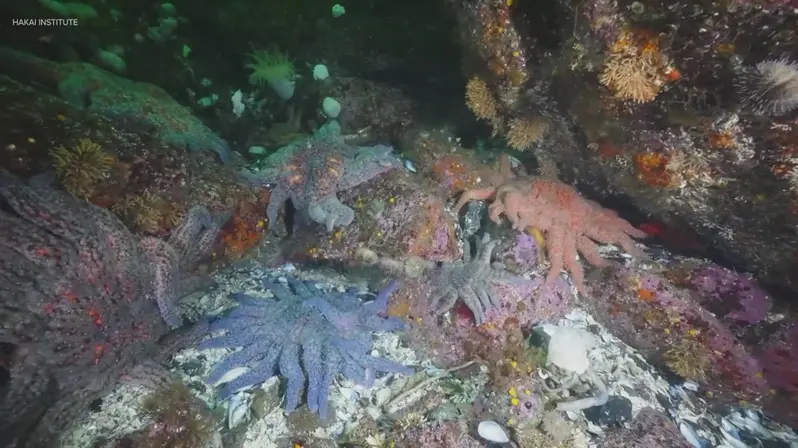
Researchers identify cause of devastating sea star die-off
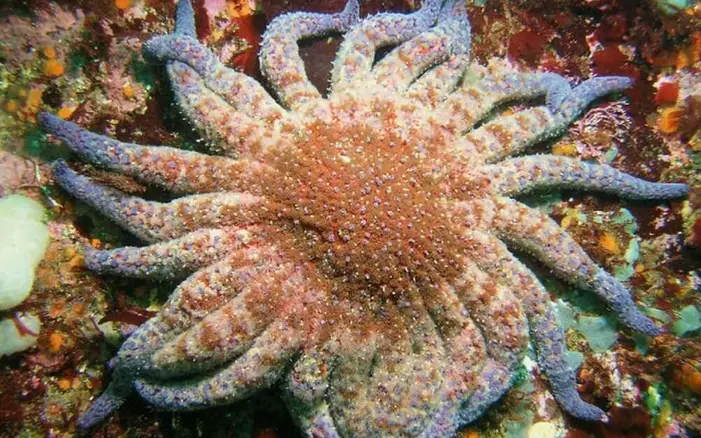
Sea stars disease identified
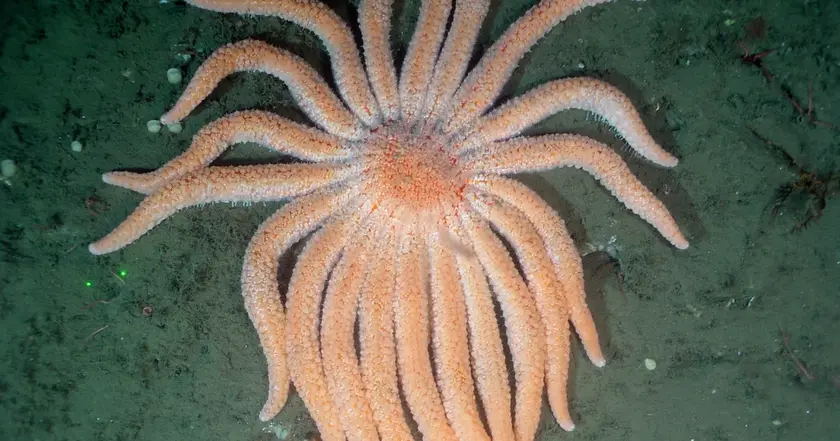
Researchers find bacteria behind sea star die-off
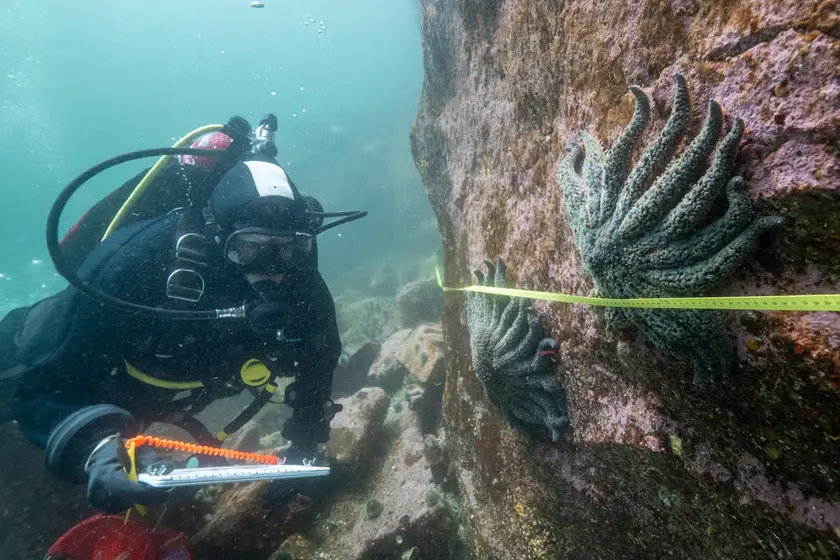
Breakthrough in sea star mortality mystery
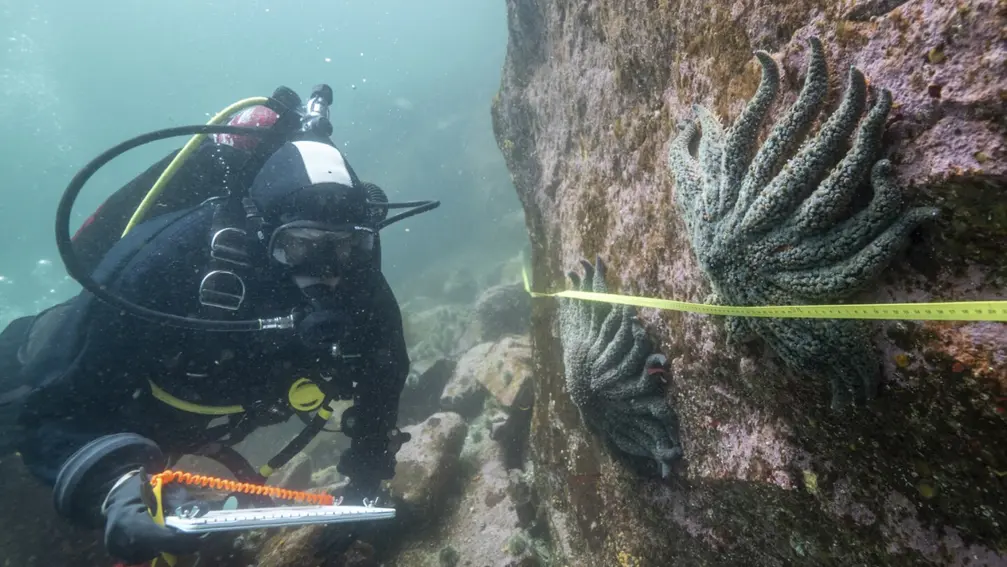
Scientists find cause of sea star epidemic
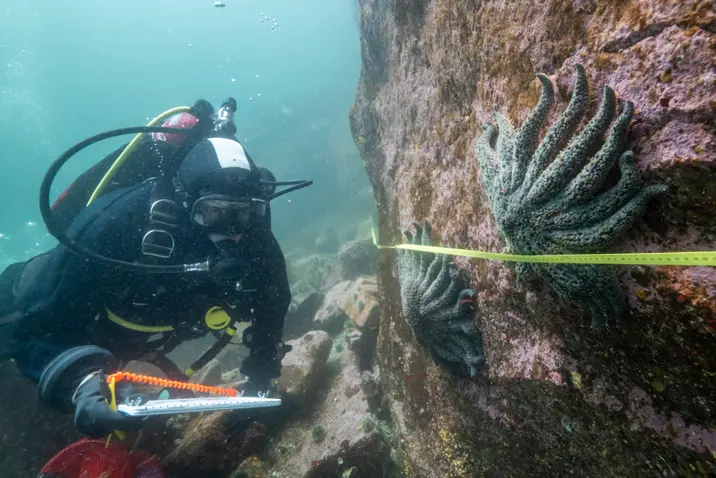
Scientists identify cause of starfish mass die-off
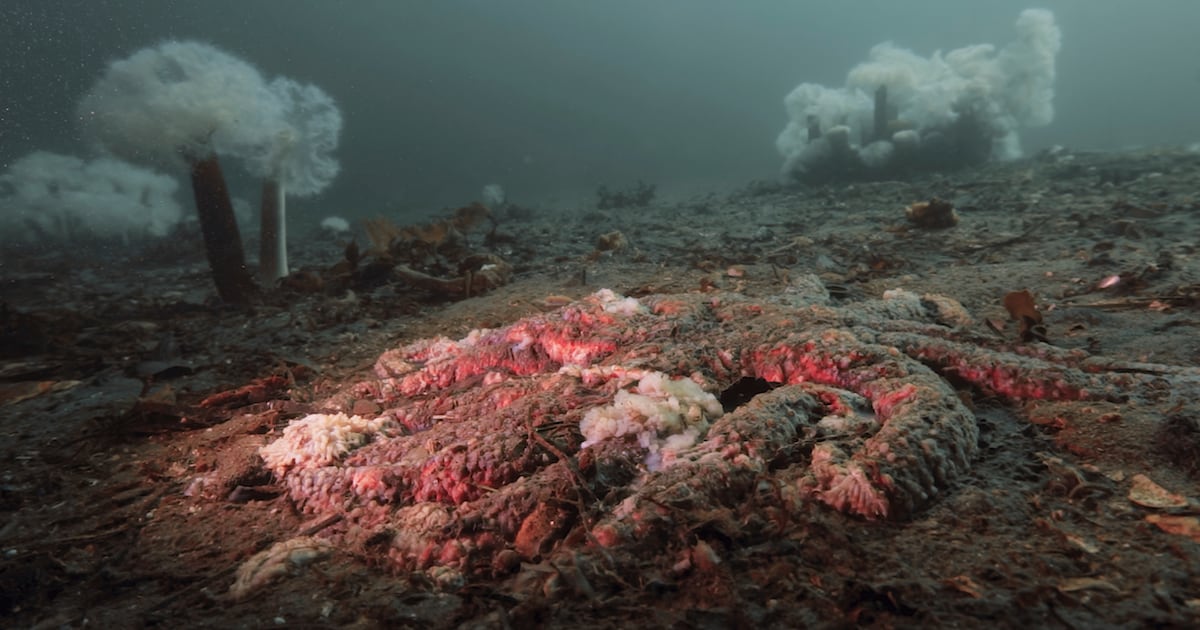
New insights into sea star die-off reveal bacterial culprit
